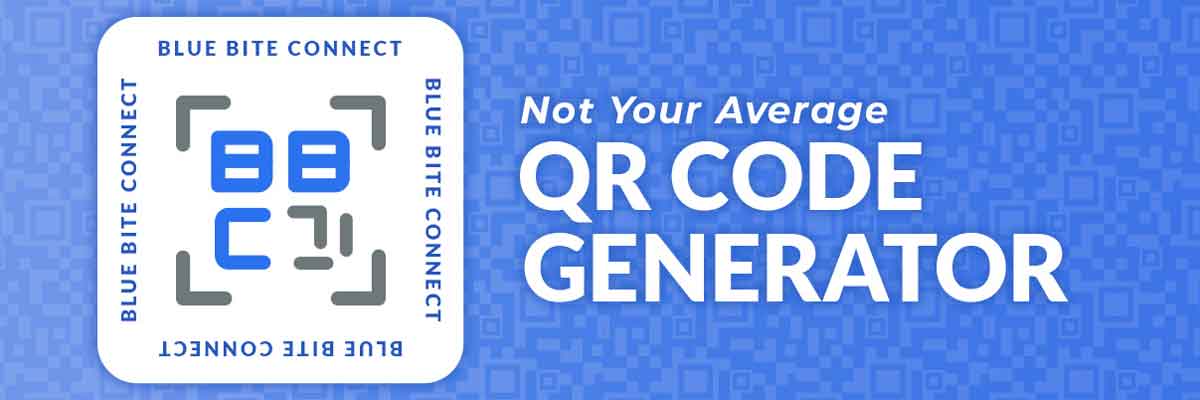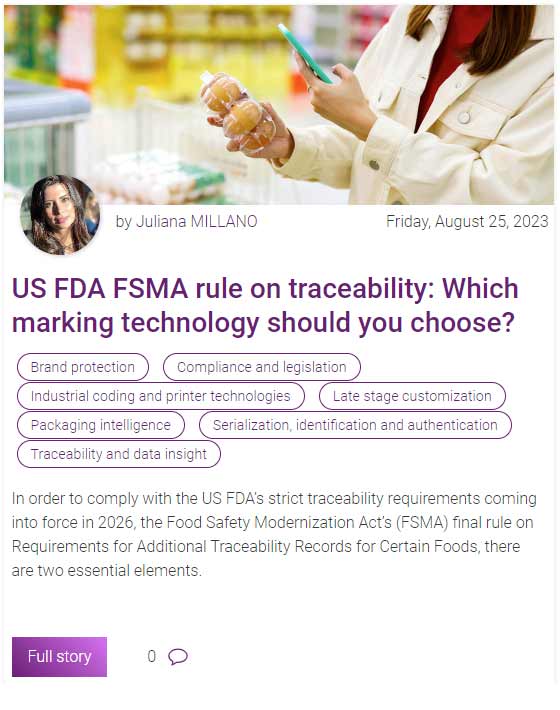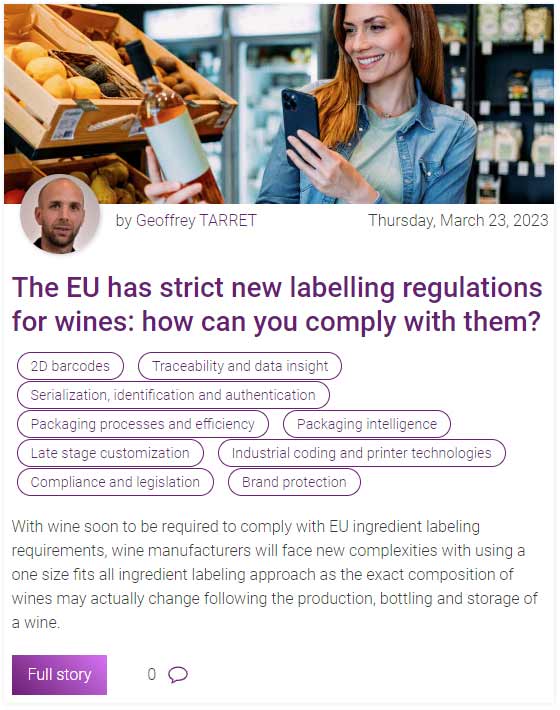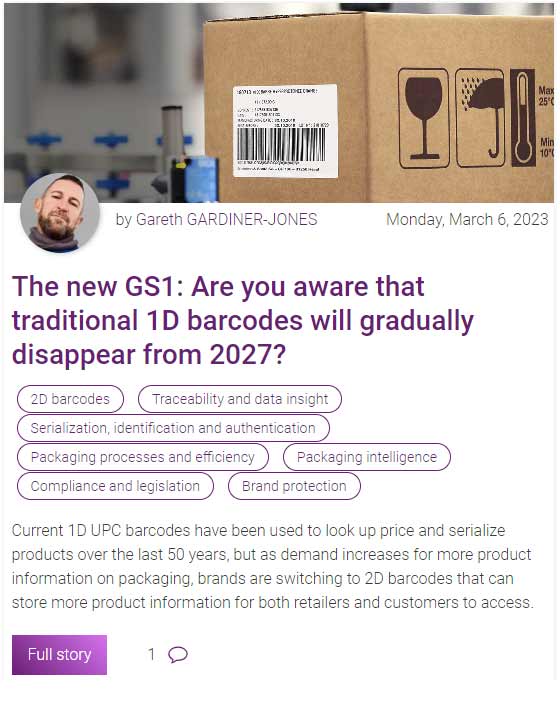One platform for all your 2D barcode needs
Unify your 2D barcode operations across the supply chain with a single, integrated platform designed for variable data and GS1 compliance.
2D barcode solutions for the entire product lifecycle
- Print GS1-compliant 2D barcodes on any surface, inline or offline.
- Protect against counterfeiting with unique product identifiers.
- Enable full traceability from production to point of sale (POS).
- Engage consumers directly through QR printing solutions with dynamic landing pages.
Real-world use cases, by stage
During production: enable smart manufacturing
- Print GS1-compliant 2D barcodes inline: directly on packaging, bottles, or labels.
- Add live production data like batch, expiry date, and price.
- Support dynamic pricing and better inventory control.
At the point of sale: ensure retail readiness
- Deliver fully compliant, scannable QR codes that meet GS1 Digital Link standards.
- Avoid delays, returns, or reprints by getting it right from the start.
- Connect to consumer experiences that drive loyalty and brand trust.
Across the supply chain: gain full visibility
- Make every product traceable with a unique digital identity.
- Aggregate unit-level data to the case or pallet level.
- Improve recall readiness, reduce counterfeits, and comply with global regulations.
Post-purchase: engage your customers
- Link each 2D Barcodes to dynamic, mobile-first experiences.
- Show product origin, production details, and usage tips.
- Build trust and transparency while collecting valuable insights.
Ready to turn your packaging into a smart engagement channel?
Let’s talk about how Markem-imaje can transform your operations and customer experience.
2D barcodes — connected and compliant
FSMA, GS1 Digital Link, Digital Product Passports, product transparency, consumer engagement, and circular economy are all industry “hot topics” that benefit from using 2D barcodes for “connected products.” Have you managed, as a brand or retailer, to keep up and have your future connected product strategy ready? If not, what is the best way for your brand to get started and catch up?

Over the last year, we have worked closely with leading industry organizations and our engineers to define the ultimate offering for the transition to QR codes on your product packaging. Our connected product and 2D barcode printing and data solutions combine state-of-the-art marking and coding technology with proven software solutions and application expertise to implement your connected product strategy and unlock the power of information in codes.
Connecting the traditional 1D code
GS1’s new standard aims to move away from the traditional 1D barcode in favor of a connected 2D Barcode that provides more information about a product and enables multiple use scenarios and benefits for brand owners, distributors, retailers, and consumers. But rest assured, 1D and 2D barcodes will co-exist for a while.
The GS1 Digital Link is a new standard that connects the GS1 application identifiers for a specific product such as the GTIN, batch, best before date, and serial number with the Internet. The Digital Link enables digital access to all types of digital business-to-business and business-to-consumer information for each specific product, ranging from brand information, product ingredients, manufacturing processes, and distribution traceability to product authenticity, expiration, and e-commerce.
Regulations, for example, like the European Digital Product Passport, Digital DRS, and FSMA, are dependent on this kind of digitally connected product information standard to fully achieve the goal of enabling the sharing of key product-related information that is essential for products’ sustainability and circularity with all the relevant economic players.
Ready to transition to 2D Barcodes?
Here are four initial steps we recommend brand owners and retailers follow.
Work with a solution provider partner. What are the use cases your company should engage with? Do I need to buy new equipment and software solutions, what data do I need, how much data can I include in my QR code, and what’s in it for the consumer? Many questions will arise when kicking off a QR project and all internal stakeholders will fight for their “must-have”. An experienced solutions provider will partner with you and support your project definition, being the link between what is technically possible, what is needed, and what the company wants to achieve.
Determine and define the use cases and goals of your 2D barcode application. The QR code is no longer only a marketing tool and the use case evaluation should include the entire supply chain. The advantage of the 2D barcode is that it can include multiple use cases in the same code. A different digital experience can be generated depending on whether the manufacturer, distributor, or consumer scans the code, and the scanning device used.
Draft your data management and integration model to guarantee two-way connectivity, capturing, displaying, and data monitoring. Data will need to travel through the entire supply chain and integrate with the producers, the production line, MES, ERP, CRM, and other digital systems – while complying with integrity and safety regulations.
Decide between static or dynamic data and review your production line. Current printing technologies can all print a 2D code but, depending on the data embedded, serialization needs and the size, the quality and readability and finally technology will differ. For example. if you want a 2D barcode with just a static GTIN then pre-printed labels can be enough. If you want highly customized, serialized, and live data in the code we recommend inline printing for simplicity. The solution provider partner will help you pick the right technology.
A connected QR code is also a trigger to start rethinking how you engage with your consumers. The product’s packaging artwork and implementation of the 2D code has the potential to become a major game-changer. Imagine that you no longer need to add the full ingredient list in multiple languages onto packaging artwork. You will save design space; you can optimize your SKU inventory and even go as far as removing the entire packaging material in some cases. Tomorrow's packaging is opening up the doors to engage with consumers, upsell and offer advanced consumer experiences while collecting important purchase information.





